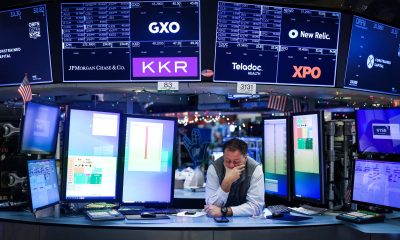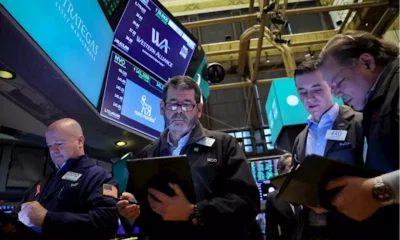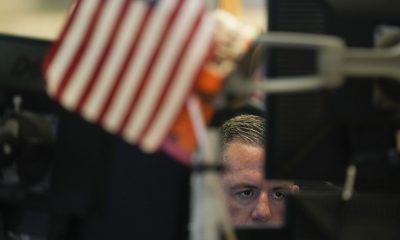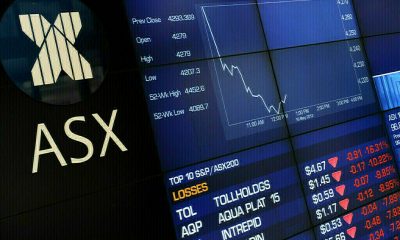Economy
How US stocks rose 20% from their lows, and where they might be going
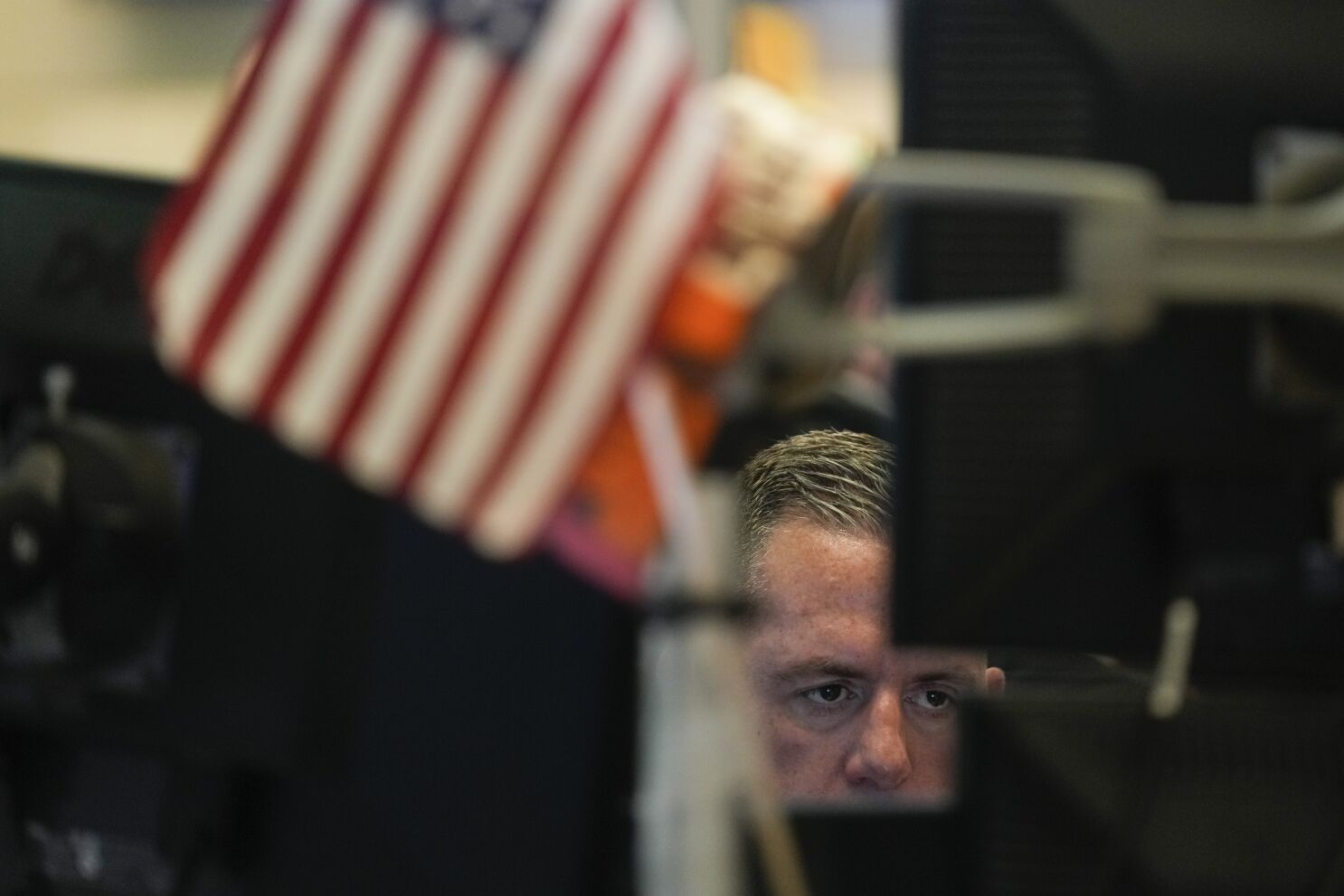
U.S. stocks have defied fears of a recession, a banking crisis and soaring Treasury yields to rise 20% from their October lows – one definition of a bull market.
The benchmark S&P 500 index closed at a low of 3,577.03 on Oct. 12, 2022, down 25% from its all-time high after the Federal Reserve unleashed a series of bruising interest rate increases to fight decades-high inflation.
On Thursday, it closed up 0.6% at 4,293.93, amid growing optimism over the economic outlook and a rate hiking cycle that appears to be nearing its end. Here are some features of the index’s rally, and a look at where stocks might go from here.
While markets seldom rise in a straight line, the S&P 500’s journey from the bottom took 164 days – the longest 20% climb from a bear market low in five decades. Among the factors holding stocks back was a surge in Treasury yields to their highest levels in decades that dulled the allure of equities by offering investors the potential to earn attractive income in government-backed bonds.
A crisis that saw the biggest bank busts since the Great Recession also shook investor confidence, as did worries over a potentially catastrophic fight over lifting the U.S. debt ceiling.
The narrow breadth of the S&P 500’s rally has been a concern for some investors, with just seven stocks – Alphabet, Apple, Microsoft, Amazon, Meta, Nvidia and Tesla — responsible for almost all of the index’s gains this year. Many investors view these stocks as safe bets in uncertain times. Their gains were also driven by excitement over advances in artificial intelligence.
More recently, however, the market’s gains have shown tentative signs of broadening out to other stocks. Meanwhile, volatility has subsided – not only in stocks, but in Treasuries and currencies.
One reason for the calm in markets is investors’ belief that the Fed is unlikely to deliver many more of the rate hikes that shook asset prices last year.
Investors have also been encouraged by evidence showing that the U.S. economy continues to be resilient in the face of the central bank’s monetary tightening, while inflation slowly cools. The U.S. Citigroup (NYSE:C) Economic Surprise Index shows U.S. economic data has in aggregate topped market expectations, helped by stronger than expected numbers for employment and consumer spending.
A 20% gain from bear market lows has in the past heralded further upside for stocks.
In four of the last six bear markets, the S&P went on to rise 20% or more in the six months after hitting this milestone.
Economy
Russian central bank says it needs months to make sure CPI falling before rate cuts -RBC


© Reuters. Russian Central Bank Governor Elvira Nabiullina attends a news conference in Moscow, Russia June 14, 2019. REUTERS/Shamil Zhumatov/File Photo
MOSCOW (Reuters) – Russia’s central bank will need two to three months to make sure that inflation is steadily declining before taking any decision on interest rate cuts, the bank’s governor Elvira Nabiullina told RBC media on Sunday.
The central bank raised its key interest rate by 100 basis points to 16% earlier in December, hiking for the fifth consecutive meeting in response to stubborn inflation, and suggested that its tightening cycle was nearly over.
Nabiullina said it was not yet clear when exactly the regulator would start cutting rates, however.
“We really need to make sure that inflation is steadily decreasing, that these are not one-off factors that can affect the rate of price growth in a particular month,” she said.
Nabiullina said the bank was taking into account a wide range of indicators but primarily those that “characterize the stability of inflation”.
“This will take two or three months or more – it depends on how much the wide range of indicators that characterize sustainable inflation declines,” she said.
The bank will next convene to set its benchmark rate on Feb. 16.
The governor also said the bank should have started monetary policy tightening earlier than in July, when it embarked on the rate-hiking cycle.
Economy
China identifies second set of projects in $140 billion spending plan


© Reuters. FILE PHOTO: Workers walk past an under-construction area with completed office towers in the background, in Shenzhen’s Qianhai new district, Guangdong province, China August 25, 2023. REUTERS/David Kirton/File Photo
SHANGHAI (Reuters) – China’s top planning body said on Saturday it had identified a second batch of public investment projects, including flood control and disaster relief programmes, under a bond issuance and investment plan announced in October to boost the economy.
With the latest tranche, China has now earmarked more than 800 billion yuan of its 1 trillion yuan ($140 billion) in additional government bond issuance in the fourth quarter, as it focuses on fiscal steps to shore up the flagging economy.
The National Development and Reform Commission (NDRC) said in a statement on Saturday it had identified 9,600 projects with planned investment of more than 560 billion yuan.
China’s economy, the world’s second largest, is struggling to regain its footing post-COVID-19 as policymakers grapple with tepid consumer demand, weak exports, falling foreign investment and a deepening real estate crisis.
The 1 trillion yuan in additional bond issuance will widen China’s 2023 budget deficit ratio to around 3.8 percent from 3 percent, the state-run Xinhua news agency has said.
“Construction of the projects will improve China’s flood control system, emergency response mechanism and disaster relief capabilities, and better protect people’s lives and property, so it is very significant,” the NDRC said.
The agency said it will coordinate with other government bodies to make sure that funds are allocated speedily for investment and that high standards of quality are maintained in project construction.
($1 = 7.1315 renminbi)
Economy
Russian central bank says it needs months to make sure CPI falling before rate cuts -RBC


© Reuters. Russian Central Bank Governor Elvira Nabiullina attends a news conference in Moscow, Russia June 14, 2019. REUTERS/Shamil Zhumatov/File Photo
MOSCOW (Reuters) – Russia’s central bank will need two to three months to make sure that inflation is steadily declining before taking any decision on interest rate cuts, the bank’s governor Elvira Nabiullina told RBC media on Sunday.
The central bank raised its key interest rate by 100 basis points to 16% earlier in December, hiking for the fifth consecutive meeting in response to stubborn inflation, and suggested that its tightening cycle was nearly over.
Nabiullina said it was not yet clear when exactly the regulator would start cutting rates, however.
“We really need to make sure that inflation is steadily decreasing, that these are not one-off factors that can affect the rate of price growth in a particular month,” she said.
Nabiullina said the bank was taking into account a wide range of indicators but primarily those that “characterize the stability of inflation”.
“This will take two or three months or more – it depends on how much the wide range of indicators that characterize sustainable inflation declines,” she said.
The bank will next convene to set its benchmark rate on Feb. 16.
The governor also said the bank should have started monetary policy tightening earlier than in July, when it embarked on the rate-hiking cycle.

 Forex3 years ago
Forex3 years agoForex Today: the dollar is gaining strength amid gloomy sentiment at the start of the Fed’s week

 Forex3 years ago
Forex3 years agoUnbiased review of Pocket Option broker

 Forex3 years ago
Forex3 years agoDollar to pound sterling exchange rate today: Pound plummeted to its lowest since 1985

 Forex3 years ago
Forex3 years agoHow is the Australian dollar doing today?

 Cryptocurrency3 years ago
Cryptocurrency3 years agoWhat happened in the crypto market – current events today

 World3 years ago
World3 years agoWhy are modern video games an art form?

 Commodities3 years ago
Commodities3 years agoCopper continues to fall in price on expectations of lower demand in China

 Economy3 years ago
Economy3 years agoCrude oil tankers double in price due to EU anti-Russian sanctions

